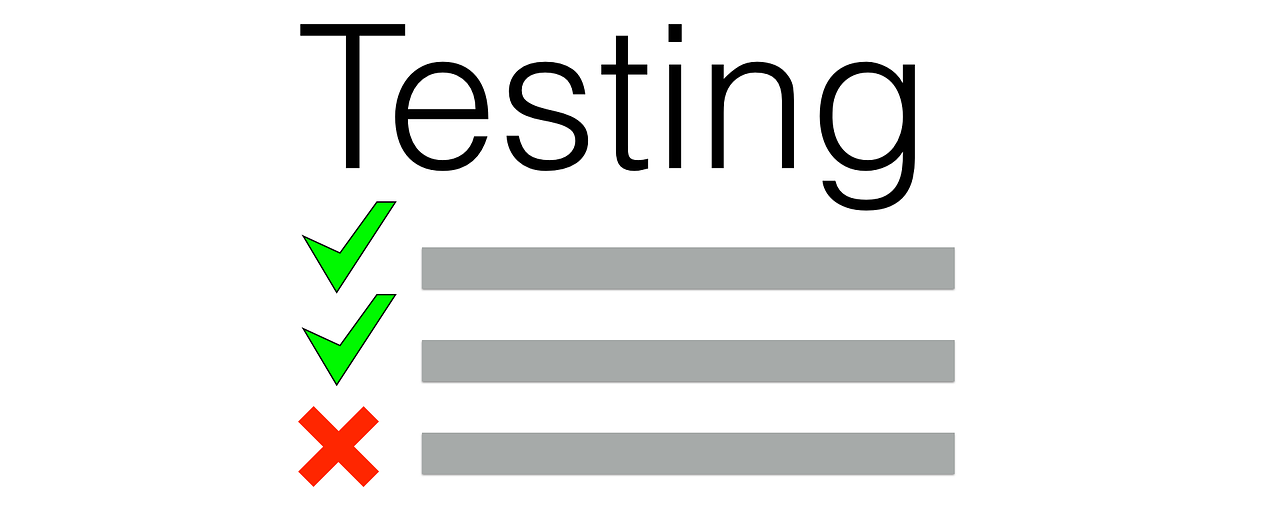If you need SaaS business inspiration, look no further than YouTube. Three PayPal employees created an online dating website that failed at its original purpose but had an amazing video uploading platform. Realizing there was no such thing as a video sharing platform, they switched their ideas. Fifteen years later and YouTube is worth around $15 billion.
SaaS solutions are more popular, and as companies expand and grow, competition becomes fiercer. Advancements in technology mean that we will always be looking for innovative startups that help businesses with a whole range of processes. This is excellent news for your SaaS business. Although competition is high, there are still plenty of opportunities.
How are you going to survive and thrive in this dog-eat-dog world? What is going to make your SaaS company stand out from the rest? And how can you get from your first customer to your first one hundred and then one thousand? These are the questions we will answer but first, let’s make sure we are all on the same “SaaS page.”
Steps to Grow Your SaaS Business
What is going to make you different?
In the past, businesses could have been built on pure enthusiasm and an original idea. Today, the chances are good that there is already a product similar to your idea, and so there has to be a way that your SaaS business will be unique. This could be because:
- You will be the biggest- to get there fast, you will probably require some heavy investment.
- You will be the cheapest-there is a risk of devaluing your product or encouraging price wars.
- You will have the best customer service- an ongoing task that will create loyal customers.
- Your product will be cutting edge-there is a lot of pressure to create new ideas, and to keep doing so, risks and pushing the boundaries are necessary.
- You will have the ultimate marketing strategy- visibility is crucial, and you might have to combine Pay Per Click advertising with other online review management and social media campaigns.
- You can find a specialty in the market- your idea might already exist, but, like the YouTube creators, you might be able to steer it towards a particular industry or field.
Whichever way you find to make your company stand out from the rest, you have to make sure that your client’s needs are always the main focus and that you carry out sufficient research.
1) Testing

The first step is to test the water by creating a landing page for your product. This will provide you with vital information like whether you are receiving traffic, the interest, and the willingness to hand over email addresses for you to stay in touch with potential clients.
Select a small target audience to discuss what they would be looking for in a SaaS solution and what has annoyed them about similar products. This stage requires understanding your Minimum Viable Product (MVP). This is a version of your product with enough features to make it viable or usable yet developed fast enough to deploy quickly. It’s what you will use for testing and feedback. This information should also be able to tell you about user budgets and whether your service is priced right.
The correct testing will also provide insights into whether the timing for your product is right. Despite having an incredible idea, the market might not be ready for it just yet. This is nothing new; the market wasn’t ready for Darwin or Shakespeare’s likes, both becoming far more influential after their deaths. That’s not to say you have to wait that long! But it will let you know whether this particular idea needs to be set aside for another time or can be adapted to meet the needs of the time.
2) Develop a power team
As much as we want to have our finger in every pie, as your business starts to grow, you will need a strong team that you can rely on and create exceptional relationships with. Your team will include backend the technical and developmental side of your service and the frontend, making sure your software interface is completely user-friendly. Then, you will need a part of the team that is dedicated to marketing, sales, customer support, etc.
While budgets may not permit large teams from the outset, it doesn’t mean that you have to try and take on too much yourself and risk burnout. Many startups are outsourcing parts of their project to take advantage of expertise while keeping costs down.
As the manager, your role isn’t necessary to have the most technical knowledge. Your role is efficiency, inspiration, determination, motivation, and drive so that your team can do their jobs well and stay on track. Outstanding managers have the ability to hire excellent team members.
3) Turning lead generation into paying customers

Lead generations can be used alongside your advertising campaign to acquire new customers. Things like free trial periods and money-back guarantees might sound like a disadvantage to you, but they provide a safe way for customers to see the advantages of your SaaS. Furthermore, if you are confident in your product, there shouldn’t be many returns.
Lead generations can be free documentation, user guides, video tutorials, demos, or even a free trial period. Whatever you choose to use must have meaning to it. It must highlight a feature or service that will lead users to pay for other services. Going back to Amazon Prime, in the first place, you have a 30-day free trial. Then, every item you order shows how much you have saved because of Prime. Plus, with the banner ads of the latest movies available for Prime members, it’s clear to see the advantages of paying the annual subscription.
To successfully convert leads into paying customers, your marketing and sales departments must work together. Transparency between the two customer-facing departments will enhance the customer experience.
4) Keeping track of the numbers

Budgets and spending are always going to be a priority, but with SaaS business growth, it is important to look at two particular numbers. The CAC and churn.
The Cost of Acquiring Customer (CAC) shows how cost-efficient your SaaS is and the probable success in the long-term. As the name implies, it’s a metric that tells you how much it cost you to get a new customer. To calculate your CAC, you need to divide the total amount of spending on customer acquisition by the number of new customers in the same period of time. The CAC will help you not to overspend without understanding how much you will get in return.
The other metric is your churn rate, the percentage of customers who stop subscribing. A low churn is a sign of a healthy service as it shows your customers are becoming loyal, long-term payers, which means your company is earning a long-term income.
5) Customer retention
To help keep your churn low, it is important to take care of your paying customers. More often than not, this is just a matter of staying in touch with them. Here are some ideas:
- Send regular emails with company news, offers, product updates, etc.
- Use software that monitors how customers use your product so that you can create personalized solutions for them.
- Create a team member’s role to be responsible for the communication with key customers, either by phone or in person.
- Show customers how they can find you on social media and regularly update your pages.
Whether online reviews or good old-fashioned word of mouth, happy customers will speak positively about your brand and your SaaS, which will lead to more customers and a healthier profit—profit that will enable you to reinvest and grow.
6) Think outside the box

Growth hacking is a relatively new term that uses creative and experimental techniques to increase brand visibility while working to a smaller budget. Rather than following conventional methods, we leverage modern trends to achieve growth. Consider the following ideas:
- A virtual signup process
- Create a list of influencers and engage with them
- Bundled app packs
- Create your own question and answer site (like Quora and Reddit)
- Integrate popular apps
- Promote referrals
- Customize your social sharing icons
- Sales abandon offers
- Competitor comparisons
- Behavior-based emails
Don’t feel that you need to stick to traditional methods just because they are safe. SaaS businesses that are going to succeed are those that will not only break away from traditional thinking and push their own boundaries as well as those of the industry.
7) Do you have an exit strategy?
The likelihood of this is slim as SaaS companies, especially those who are just starting out, are more focused on the growth than the exit. An exit strategy looks at the exact growth you will need in order to leave the business. This might be for a number of reasons, for example, to sell it.
Knowing your exit strategy will help you build your business as you will be more aware of your key metrics, like those we have already mentioned and monthly recurring revenue (MRR). This strategy will also help to understand more about your business targets. Are you looking for a larger profit per paying customer, or is your target to have less profit per customer but a larger customer database?
In Conclusion
These are exciting times for SaaS businesses, and the opportunities for growth are there for everyone to seize. Your product is obviously going to be the main reason for your growth, but there are certainly other things to bear in mind to ensure you are maximizing your growth—before someone else does!